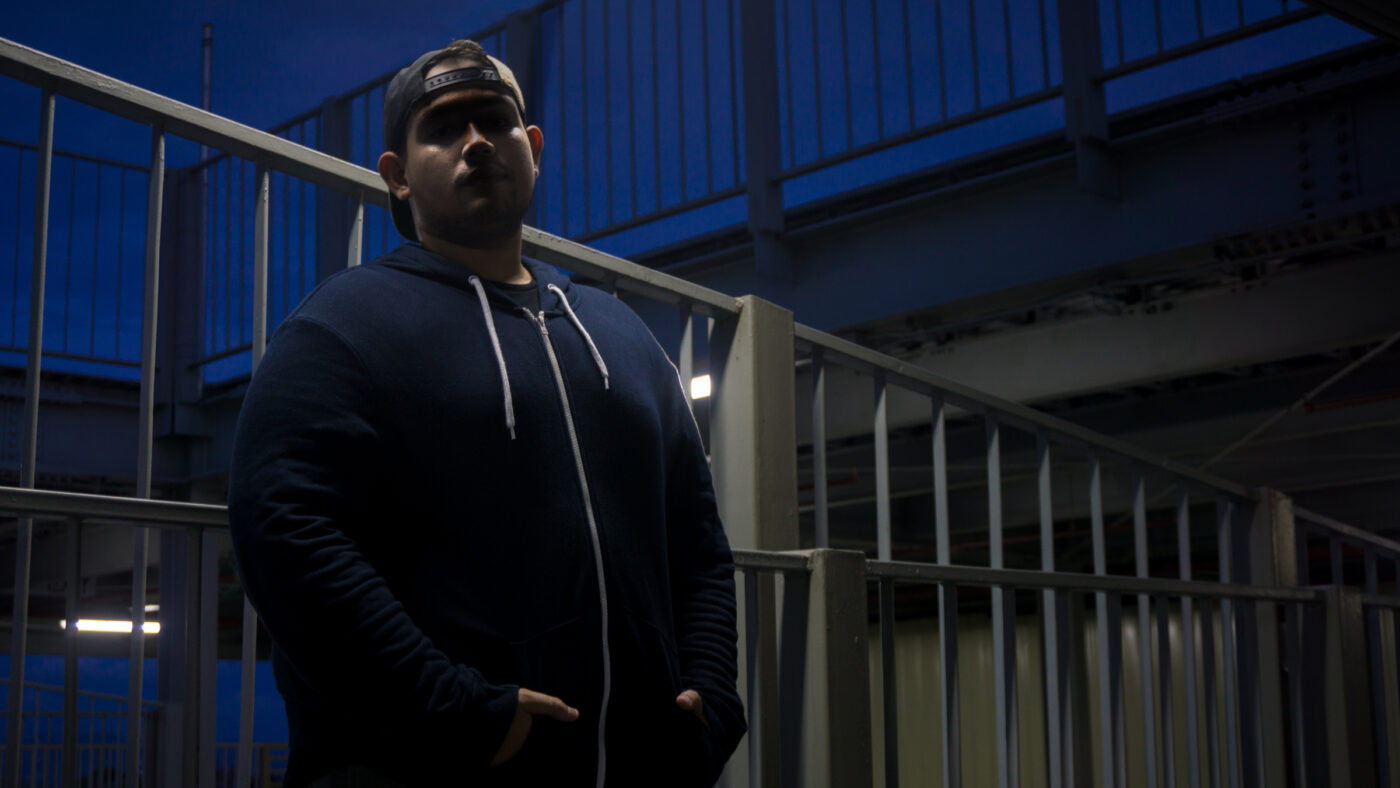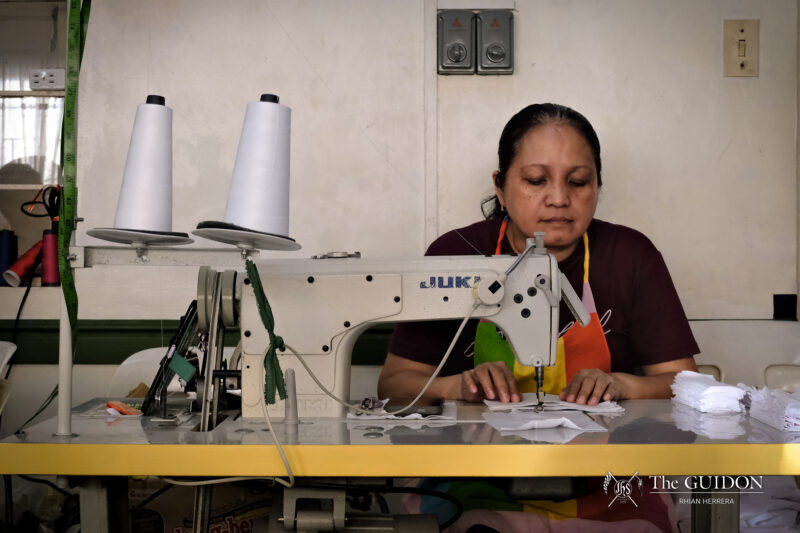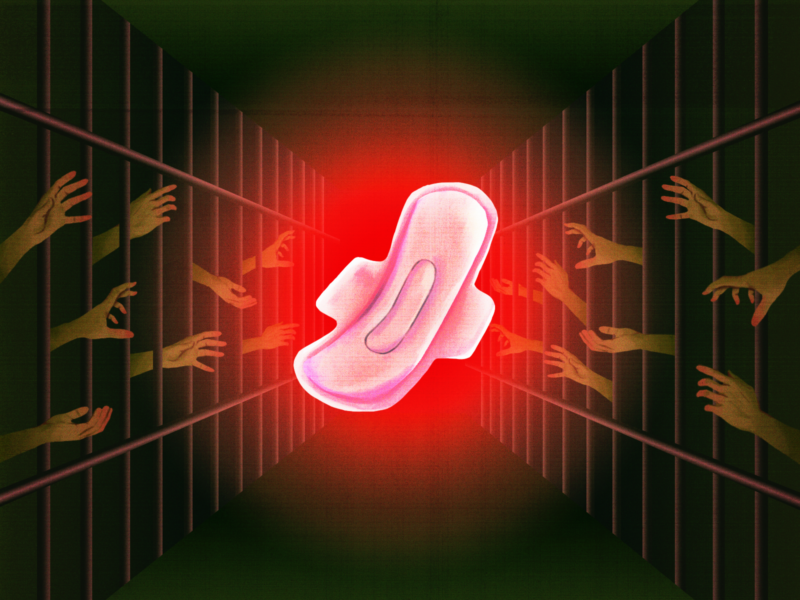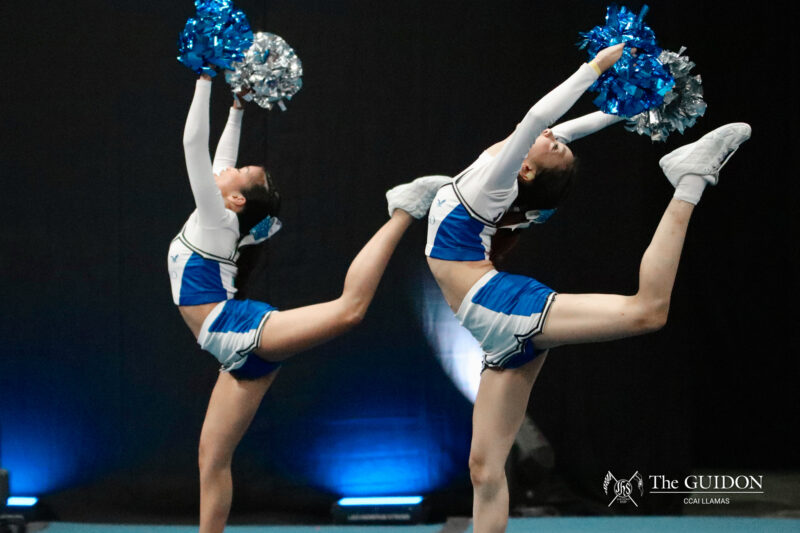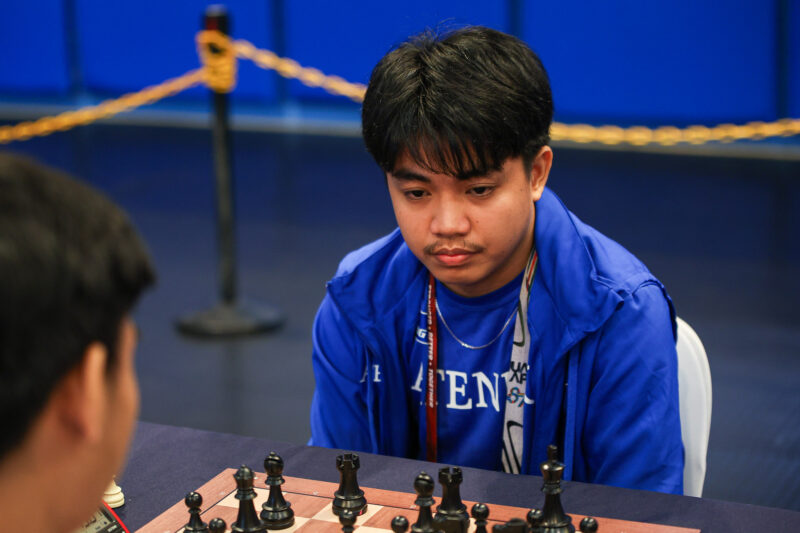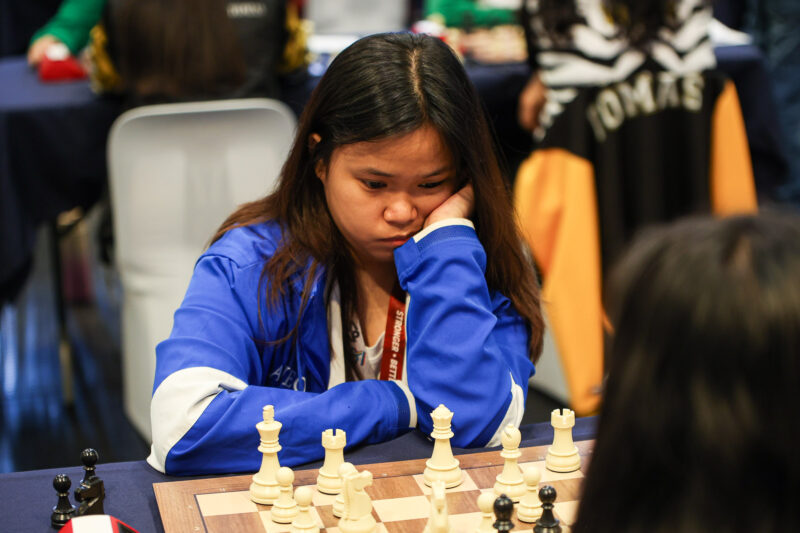From American streets to foreign airwaves, rap has evolved into a great instrument of self-expression far beyond its musical root. It has become the poetry of the youth, the voice of a generation.
Though many dream of starting their own rock band or becoming a pop heartthrob, there is still no genre that has influenced the landscape of modern popular culture and music more than rap. Deeply embraced by today’s youth, the potent genre has become a powerful tool for culture and self-expression that most can appreciate and learn with nothing more than their words and their wit. Spreading from its working-class urban roots to its modern domination of popular music, its influence is taking hold and reaching countless shores all over the world.
Despite the negative attention that rap has endured, the genre still continues to grow, permeating throughout modern life and culture. With its power to convey messages through poetic lyrics and inspirational outlooks, and the promising rise of rap figures, rap’s overall versatility keeps it relevant and popular today. Thousands upon thousands have become deeply enamored with what they see from this maverick genre.
From clothing and graffiti to the troubles and tragedies that come and go throughout one’s life, all sorts of passions and experiences come together as rappers and hip-hop enthusiasts find a voice and an identity in their favorite genre. With many aspiring rap artists and DJs arising both locally and abroad, rap continues to evolve and take further root in modern culture.
Party like it’s the 70s
Though most parties nowadays will most likely have hip-hop music blaring loudly from the speakers, there was once a time in the early 70s when hip-hop was nothing more than a creative improvisation of the music used at neighborhood block parties in the South Bronx of New York City.
Streets were closed off and neighbors from the block gathered to party. Taking inspiration from his Jamaican roots, DJ Kool Herc began combining funk records on turntables to create and improvise beats and, from there, new techniques such as emceeing and beatboxing began to take hold.
Hip-hop artists soon began incorporating rhymes into their lyrics, which led to the beginnings of rap. Hip-hop groups such as the Zulu Nation began holding parties all around the city, combining street dance, graffiti, and rapping into their parties’ activities.
By the time the 80s came around, hip-hop had become one of the biggest subcultures in the urban communities and neighborhoods of America. The music, artwork, clothing, and slang inspired by hip-hop began their way abroad, and the genre’s global appeal took root, making it all the way to Philippine airwaves, with the rise of rap legends such as Francis M., Gloc-9, and many others.
Initially, rap was an outlet for troubled urban youths to release pent-up anger and energy instead of troublemaking in the streets. However, the commercial success of gangsta rap in the 90s began to bring an unwanted reputation to the genre: the glorification of crime, gang culture, and violence.
Local rapper Mito Fabie, also known as Curtismith, mentions how “there are [two] general aspects of rap: [T]hat’s the social or self aware type of rap and the braggadocio—[the] ‘fun’ type of rap. With these two types, you meet people from opposite sides of the spectrum.” It can be seen that even in the midst of a more commercialized rap scene, rappers still strive to voice out social issues and the hard realities of life.
Take part, then impart
With rap’s expansion internationally and locally, the genre has become a cultural trendsetter. Although rap does popularize certain fads, it is still the people’s culture that drives it. According to Daniel Scarlata, a rapper from the Ateneo Musician’s Pool, “it [seems] like rap shapes culture, but a lot of times, culture shapes rap. Rap is more of a reflection of culture rather than something that [drives] it.”
Rap’s versatility enables it to always remain relevant to the current age. Forms of teenage angst vary from generation to generation, yet rap is able to adapt and create artistic interpretations through poetic language and powerful messages. Rap represents and signifies what the people want to hear and that’s why it has become so popular.
Rap not only breaks through music, but fashion as well, dominating the pages of Vogue with rappers like A$AP Rocky, Kanye West, and Fetty Wap, among other artists. Streetwear is now considered as high fashion and couture. Rappers don’t just sell music anymore. These days, they also bring their brand to the table. You can now find fashion lines such as Kanye West’s Yeezy and Tyler, the Creator’s Golf Wang, among others.
According to Fabie, “[rappers have] branded themselves in such a way that they are sought after as style icons by the youth.” This can be seen in the recent popularity of “hypebeast” and “hypebae” fashion for both genders—terms coined for those who style themselves according to the fashion trends from the wardrobes of rappers and hip-hop artists today.
Cultural chameleon
Rappers often profess how being different or going through struggles can still lead to greatness. This kind of self-empowerment helps the genre further thrive. Scarlata adds, “Rappers don’t really define the way we think. A lot of times our rappers borrow ways of thinking and relay them.”
Rap fan Elizabeth Papa says, “the mentality of working hard and fighting against life’s struggles in order to pursue one’s dream is [one] that the [millennials have] caught [onto].” The influence of Western rap culture is immensely evident in our country—the local scene.
Although Western rap’s influence is significantly greater, local rap has also shown a lot of potential. The FlipTop rap battle has become an avenue for local rappers to immerse themselves in the industry where gangsta rap—also known as “hardcore rap”—dominates. The Philippines has procured both established legends and young rising rappers such as Abra and Sevenes, among others.
The versatility of rap stretches out to cater to different forms of culture as well. “Kaya sikat ang rap sa America kasi marami silang cultural references sa America tapos gets ng tao ‘e. If it’s like local music and nag-reference tayo sa SM North or something gets mo yun ‘e—kasi taga-doon ka. (Rap is popular in America because they have a lot of cultural references from America and people get it. If it’s like local music and we make an SM North reference or something, you get it because you’re from around here),” says Scarlata.
From its infamous beginnings, rap’s versatility has helped it soar beyond music and into fashion lines and street art. Furthermore, it tells of the struggles, glories, and stories of everyday life and society. What was once seen as just a form of improvisation for the urban youth has now evolved into the rap culture. It takes in all sorts of backgrounds and influences, only to unleash its riveting lyrics and beats into every aspect of today’s popular, musical, and social culture.

